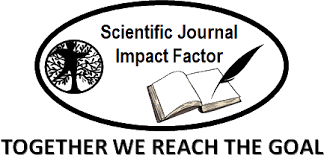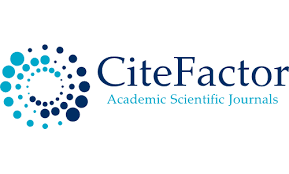Role of Structures Inspired by Nature to achieve Sustainable Architectural Buildings Case Studies: National Museum of Qatar, El-Bahr Towers, Eden Project
DOI:
https://doi.org/10.62480/tjet.2024.vol35.pp1-18Keywords:
Architecture, Biomimicry, Bio-inspired designAbstract
The built environment is considered to be one of the major causes of the negative environmental impacts, consuming materials, using energy resources, and emitting green house gases. Therefore, architects and engineers are always seeking more sustainable design solutions. This is where biomimicry has a powerful role. Biomimicry is a science that studies nature to solve human problems as it has abundant structural solutions that can help in evolving a complex form which was the focus of this paper. This paper is seeking sustainable structural solutions by studying and analyzing sustainable architectural cases in which their structural systems were inspired by nature with less negative impacts on the environment. As a result of the study, some guidelines were concluded which can be employed into the design of the structural system to obtain sustainable architecture showing how nature can be a guide for a more sustainable environment in the future.
References
AHR. 2020. "AL BAHR TOWERS." AHR SECTORS, from https://www.ahr.co.uk/projects/albahr-towers.
Al-Khalidi ASMM. 2018. Creativity in contemporary architectural trends. suez canal university.
Alpin-Co. National Museum of Qatar [Internet]. Available from:
https://www.alpinme.com/project/national-museum-qatar/
Arup kx. 2014. The AL BAHR TOWERS – Enhancing sustainability through innovation. Sustainable
Energy 2014: The Ise Annual Conference.
Benyus JM. 1997. Biomimicry_ Innovation Inspired by Nature. Perennial.
Bianchini R. National Museum of Qatar [Internet]. Available from:
https://www.inexhibit.com/mymuseum/national-museum-qatar-architect-jean-nouvel/
Bissegger K. 2006. The Eden Project.
Broome B. 2019. National Museum of Qatar. Architectural Record Magazine. New York: bnp media.
Clements-Croome D. 2004. Sustainable architecture. p. 349-401.
Dunmall G. JEAN NOUVEL- MONUMENT MAN [Internet]. Available from:
https://www.wallpaper.com/guest-editor/jean-nouvel
Eden-Project-Co. 2020. "Eden Project." Eden Project, from https://www.edenproject.com.
ElDin NN, Abdou A, ElGawad IA. 2016. Biomimetic Potentials for Building Envelope Adaptation
in Egypt. Procedia Environmental Sciences 34:375-386.
Faithtwins. Inside the Bubble of Grief [Internet]. Available from:
https://faithtwins.wordpress.com/2011/09/26/inside-the-bubble-of-grief/
GRIMSHAW. The Eden Project: The Biomes [Internet]. Available from:
https://grimshaw.global/projects/the-eden-project-the-biomes/
Hope S, Kundu, Sumanta, Roy, Chandreyee, Manna, Subhrangshu, Hansen, Alex. 2015. Network
topology of the desert rose. Frontiers in Physics 3.
Downloads
Published
Issue
Section
License

This work is licensed under a Creative Commons Attribution-NonCommercial 4.0 International License.
User Rights
Under the Creative Commons Attribution-NonCommercial 4.0 International (CC-BY-NC), the author (s) and users are free to share (copy, distribute and transmit the contribution).
Rights of Authors
Authors retain the following rights:
1. Copyright and other proprietary rights relating to the article, such as patent rights,
2. the right to use the substance of the article in future works, including lectures and books,
3. the right to reproduce the article for own purposes, provided the copies are not offered for sale,
4. the right to self-archive the article.












